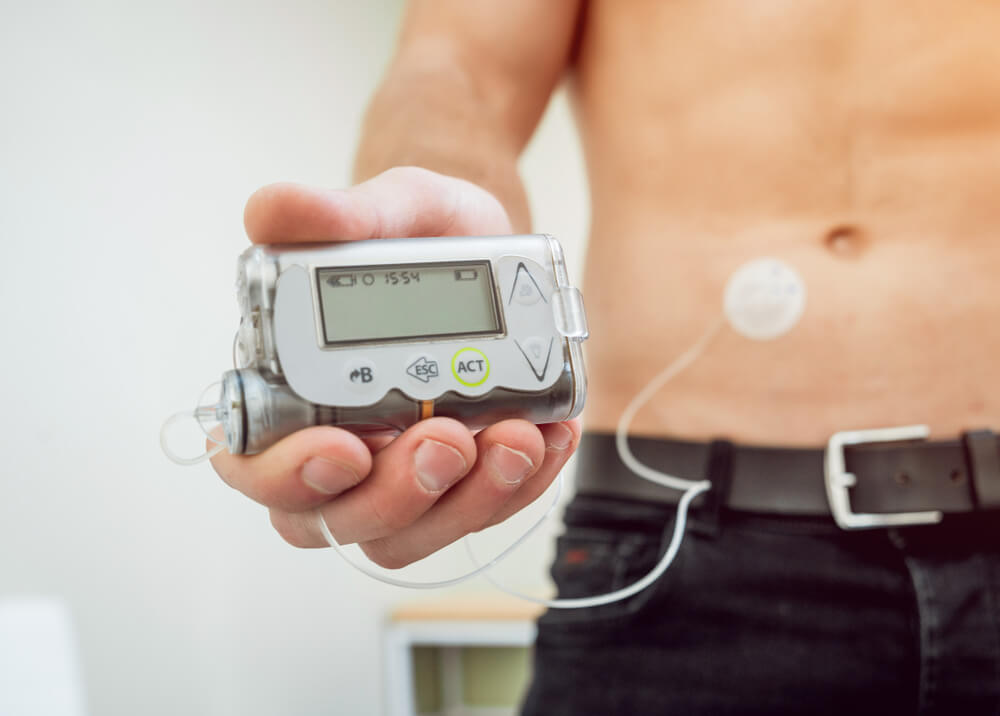
Treatment
Insulin Pump Therapy
Insulin pumps can help people with diabetes conveniently manage their blood sugar. These small devices deliver doses of insulin at scheduled times. Many diabetics find insulin pumps to be a more flexible option than insulin pen injections.
Insulin pumps are small, computerized devices – about the size of a small mobile phone. They can be attached to a belt, placed in your pocket, or fastened with an adhesive patch on your stomach or arm.
What to Expect?
A pump delivers insulin in one of two ways: Small, continuous, basal insulin doses, or surges of insulin near mealtimes or bolus insulin.
The pump uses the information you enter about your food intake and blood sugar levels to calculate how much bolus insulin you need. The pump recommends a dose to you and waits for your confirmation before delivering it.
Some pumps automatically adjust basal doses based on glucose levels from a continuous glucose monitor.

FREQUENTLY ASKED QUESTIONS
Frequently Asked Questions About Insulin Pumps
If you’re interested in using an insulin pump to manage your diabetes, call one of our convenient locations today!
Temporarily disconnecting yourself from your pump is possible, but not for very long. You may need to replace your missed insulin if disconnected for more than an hour.
Speak with your doctor about specific recommendations.
Insulin pumps have low risks for complications and provide more precise insulin doses than injections.
Starting pump therapy requires commitment. It is not unusual to check blood sugars 8-12 times per day at the beginning of pump therapy to assess basal and bolus insulin needs. This means a lot of interruptions in your work and personal time, as well as your sleep to take blood sugar readings during the night.
Insulin pump therapy is more expensive than traditional insulin injections. Your out-of-pocket cost will vary depending on your insurance. Our endocrinology team will be happy to check your benefits if you and your doctor decide that pump therapy is right for you.

